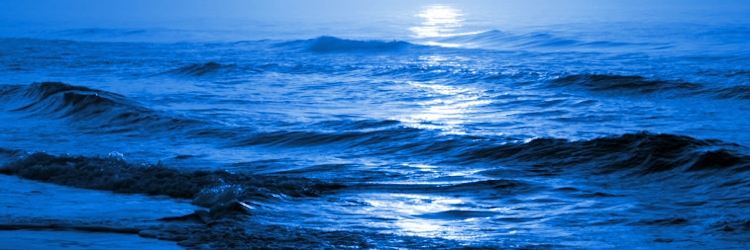National Marine Sanctuaries Shipwrecks
Olympic Coast Shipwrecks

Author
Laura Rose, Virginia Sea Grant, Virginia Institute of Marine Science
Grade Level
9-12
Lesson Time
1- 3 hrs. (depends on number of sanctuaries explored)
Objectives
- Report on the historical background of shipwrecks within a sanctuary.
- Practice using latitude and longitude by plotting shipwreck locations on a map.
- Assess the environmental factors contributing to shipwreck locations.
- Discuss ocean navigation in a historical and modern context.
Radar, Seamount
Materials Required
Olympic Coast National Marine Sanctuary Chart Notes
This activity can be short or long, depending on how many sanctuaries (and shipwrecks!)you explore. Credits
Channel Islands National Marine Sanctuary, NOAA National Marine Sanctuaries
Summary
Explore shipwrecks from the Olympic Coast National Marine Sanctuary on the West Coast of the U.S.
The Olympic Coast National Marine Sanctuary covers 3,310 square miles of marine waters off the rugged Olympic Peninsula coastline. The sanctuary provides habitat for one of the most diverse marine mammal faunas in North America and is a critical link in the Pacific flyway. The sanctuary boasts a rich mix of cultures, preserved in the contemporary lives of members of the Quinault, Hoh, Quileute, and Makah tribes.
Its combination of fierce weather, isolated and rocky shores, and heavy ship commerce soon established the Olympic Coast as a graveyard for ships. More than 180 shipwrecks have been historically documented in the vicinity of the Olympic Coast National Marine Sanctuary, an amount proportional to the commercial development in the region and the region's significance in the economies of the United States and Canada.
There are few recorded shipwrecks prior to the mid-nineteenth century and no authentically reported shipwrecks during the eighteenth century. The number of losses increased significantly as Puget Sound developed into an economic center and as Victoria developed on the north side of the Strait in the later 19th century. Ship losses were predominantly weather-related, and included founderings, collisions and groundings. Many ships simply disappeared, their last known location recorded by the lighthouse keeper at Tatoosh Island before they disappeared into watery oblivion. "Last sighted, Cape Flattery," is the grim epitaph for many unfortunate ships and crew.
One of the best-known shipwrecks along the Olympic Coast is that of the Austria, a Bath, Maine-built "Down Easter" converted from a full-rigged ship to a bark to ply the West Coast trade. Her captain's journal tells the story of how she was blown ashore during a gale and impaled on jagged rocks. Fragments of the Austria remain visible at Cape Alava during extreme low tides.
Data Activity
Part 1: Be a Shipwreck Detective
Print out the chart for the Olympic Coast National Marine Sanctuary. (This requires Adobe Acrobat Reader. Click here to download this for free).
Go to the Olympic Coast National Marine Sanctuary Shipwreck Database, and plot the shipwrecks listed in the data table by placing a small x and the shipwreck's name at the spot on the map where the latitude and longitude intersect.
- Are there certain areas within your sanctuary that seem more prone to shipwrecks than others? Can you think of any reasons why this may be the case?
- Are there certain times of year when there seemed to be more shipwrecks reported? Can you think of any reasons why this might be the case?
- How many shipwrecks were reported in your sanctuary before 1942? How many were reported after 1942? Can you think of any reason for this difference?
Check your answers with our Answer Page.
Part 2: Be a Shipwreck Historian
It will be easiest for your students to study the individual historical reports if you have printed them out ahead of time and made copies. In each sanctuary's database, click on the name of the ship to access the historical report. In some cases, a report may contain another link to an image and more information; be sure to print out that information also.
- Name the vessel that was attacked during World War II by a Japanese submarine and sunk.
- Name the shipwreck that had another ship on deck during the stranding.
- Name the shipwrecks where the Native Americans came to the assistance of the survivors.
- What foreign vessel shipwrecked while exploring and surveying the Washington coast?
- Name the shipwreck where letters were written on behalf of the Captain, possibly sparing his life due to his government's policy on capital punishment for losing a ship.
- Name the shipwreck that was salvaged for its scrap metal value and her cargo was scrap metal.
- Mariners now have modern technology assisting them in navigating the Pacific West Coast. Would you consider ocean travel? Explain why you are excited about or hesitant about going to sea.
Check your answers with our Answer Page.